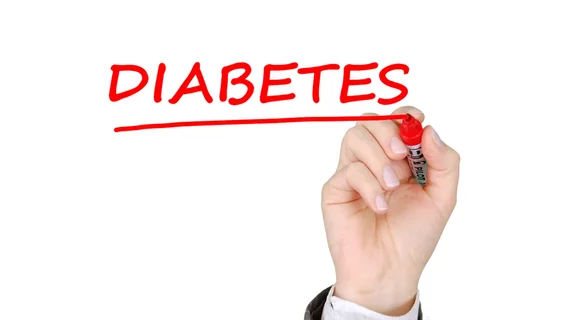Whole-body MRI paired with artificial intelligence detects Type 2 diabetes with no additional data
Whole-body MRI paired with artificial intelligence can detect Type 2 diabetes with no additional data, experts charged in a new analysis.
Obesity and body mass index play a key role in the risk of developing the disease, but where weight is stored is also crucial. “Visceral” fat in deeper areas of the abdomen, for instance, is more harmful than other types housed near the skin.
German researchers set out to investigate whether physicians can detect Type 2 by assessing body fat patterns via magnetic resonance imaging. They found early success, logging an area under the receiver operator characteristic curve of 87% for T2D discrimination and 68% for prediabetes, both “superior” to conventional models.
“Our results show that diabetes is detectable from whole-body MRI without additional data,” Fritz Schick, MD, PhD, head of the Section for Experimental Radiology at the University of Tübingen in Germany, and co-authors wrote in JCI Insight. “Our technique of heatmap visualization unravels plausible anatomical regions and highlights the leading role of fat accumulation in the lower abdomen in diabetes pathogenesis.”
Scientists used machine learning to help detect diabetes-related variables from nearly 2,400 T1-weighted, whole-body MR image datasets. The scans were performed on individuals undergoing metabolic screening via oral glucose tolerance tests, used to measure the body’s response to sugar and screen for T2D. Scientists also trained the AI models on other factors such as sex, age, BMI, insulin sensitivity and prediabetes.
"An analysis of the model results showed that fat accumulation in the lower abdomen plays a crucial role in diabetes detection," Professor and co-author Robert Wagner, with the university’s Department of Internal Medicine, said in announcement from the school shared Oct. 26.
MRI also showed promise identifying some individuals with prediabetes along with another subtype of the disease that can lead to kidney disease. The research team is now working to better understand T2D causes via artificial intelligence, hoping to pinpoint therapies and preventive measures.

